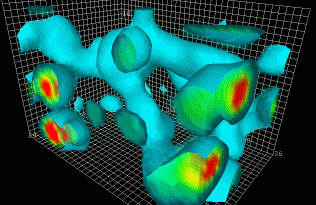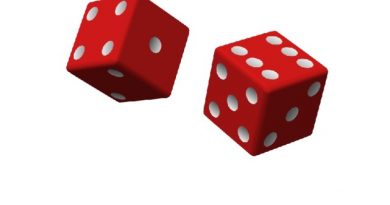Quantum field theory obeys all postulates of quantum mechanics
Luboš Motl, October 20, 2015
The myth is the following:
Myth: Quantum field theory is a modified, different description of Nature in the same sense in which quantum mechanics differs from classical mechanics. So QM and QFT may disagree in their statements.
Well, this opinion is completely wrong. Quantum field theories are a subclass of quantum mechanical theories. All quantum mechanical theories obey the universal postulates of quantum mechanics, the axioms of the QM framework, such as
- All information about the properties of the objects (the state of the physical system) is measured through the so-called observables.
- Observables are represented by linear operators.
- Allowed values resulting from a measurement are eigenvalues of the measured operator (the spectrum).
- These operators form an associative but non-commutative algebra.
- A complex Hilbert space is the minimal nontrivial representation of the algebra of these operators. All elements of this vector space may emerge as states after a measurement of a complete/maximal set of commuting observables (the superposition postulate) because each state is an eigenstate of an appropriate observable.
- Expectation values of projection operators are physically interpreted as the probabilities of the corresponding outcomes of the measurements. The probabilities are basically everything one can predict in physics. In terms of pure states from the minimum representation (the Hilbert space), the probabilities are squared absolute values of the complex amplitudes (Born’s rule).
Quantum field theories agree with all of those things. They just have a particular type of the operator algebras – the algebras of operators. In QFT, we assume that the operators may be organized in terms of things like \(\hat\phi_i(x,y,z,t)\) and the Heisenberg equation governing these operators (more precisely, operator distributions) are supposed to be Lorentz-covariant (relativistic). The Hilbert spaces in QFT have a rich structure and we must get used to some mathematical effects not present in the case of finite-dimensional (and simple enough infinite-dimensional) Hilbert spaces, such as the need for renormalization etc.
But if you haven’t gotten to the topics of renormalization at all, I can assure you that your opinion that QFT is «something different» than a QM theory are complete misunderstandings. QFTs are strictly a subset of QM theories. I believe that there exists a simple sociological reason why some beginners tend to think that QFT is a «different kind of a theory» than QM, and it’s the following:
The organization of knowledge into many subjects and courses makes the logical structure of physics look more complex and less unequivocal than it is.
What do I mean? Students learn classical mechanics and then electromagnetism and then quantum mechanics, and so on. These subjects mostly cover «non-overlapping» theories. So people assume that the same thing holds for quantum mechanics and quantum field theory and other pairs. But this segregation of the physics knowledge into many boxes or courses completely misses the key point about the «basic logical kinds of theories» we have in physics. The key point is the following one:
There only exist two types of theories in all of physics:
- Classical physics
- Quantum mechanics
- There is simply not third way.
I added the third option in order to emphasize that it doesn’t exist.
Up to 1924, all state-of-the-art theories assumed the framework of classical physics. According to classical physics, there is an objective «state of the world». The possible states of the world form a set which is physically referred to as the «phase space». Because physics wants to deal with the continuous evolution (evolution in continuous time), the phase space is a smooth manifold, possibly an infinite-dimensional one. Equations of motion are usually deterministic and may be expressed by arrows along lines on the phase space that determine where a given state evolves after \(\Delta t\).
Since 1925, all state-of-the-art theories in physics had to be quantum mechanical. Schrödinger designed his non-relativistic quantum (or wave) mechanics for one electron in the atom. Multiparticle generalizations were found much like the relativistic Dirac equation. The latter two were extended to Quantum Electrodynamics, the most accurately tested example of a quantum field theory. Many quantum field theories – relativistic and non-relativistic ones – were studied by particle physicists and condensed matter physicists. And string theory is the only new «kind» of a theory that may be, at least in a certain sense, considered to go «beyond» quantum field theory (although in other senses, QFT and ST are the same thing or in the same universality class). QFT and ST are quantum mechanical theories. They respect the general QM framework – just choose different operator algebras or Heisenberg equations or the «technical details». Even hopeless proposed theories such as loop quantum gravity are fully quantum mechanical ones.
It’s as simple as that. There is no «third way». The number of truly qualitatively different logical frameworks in physics is just two, a much smaller number than the number of physics courses in a college. The courses differ on the laws of physics that are only distinguished by the choice of the degrees of freedom and equations they obey, not in the basic logic through which the mathematics is connected to the observations!


